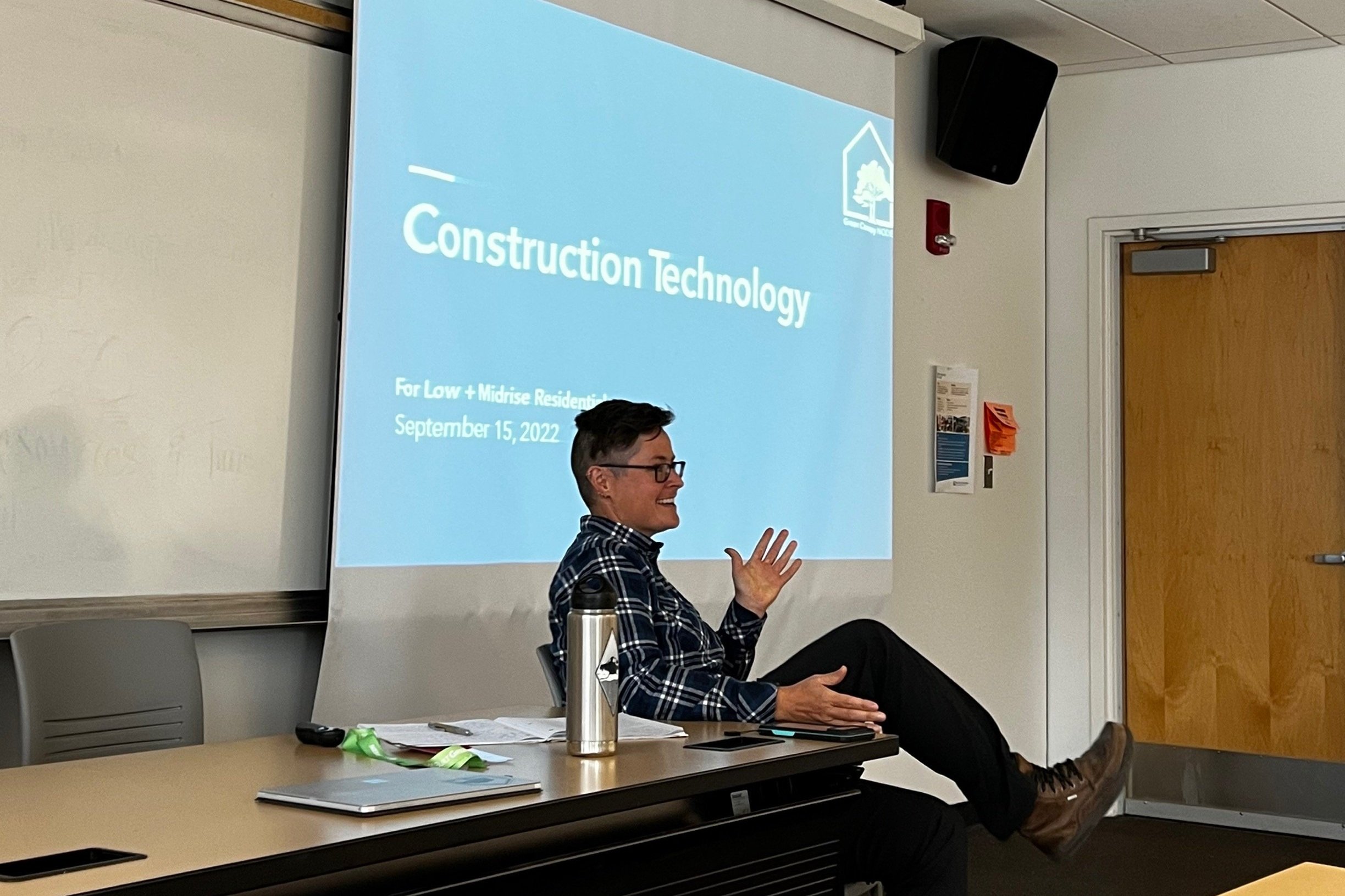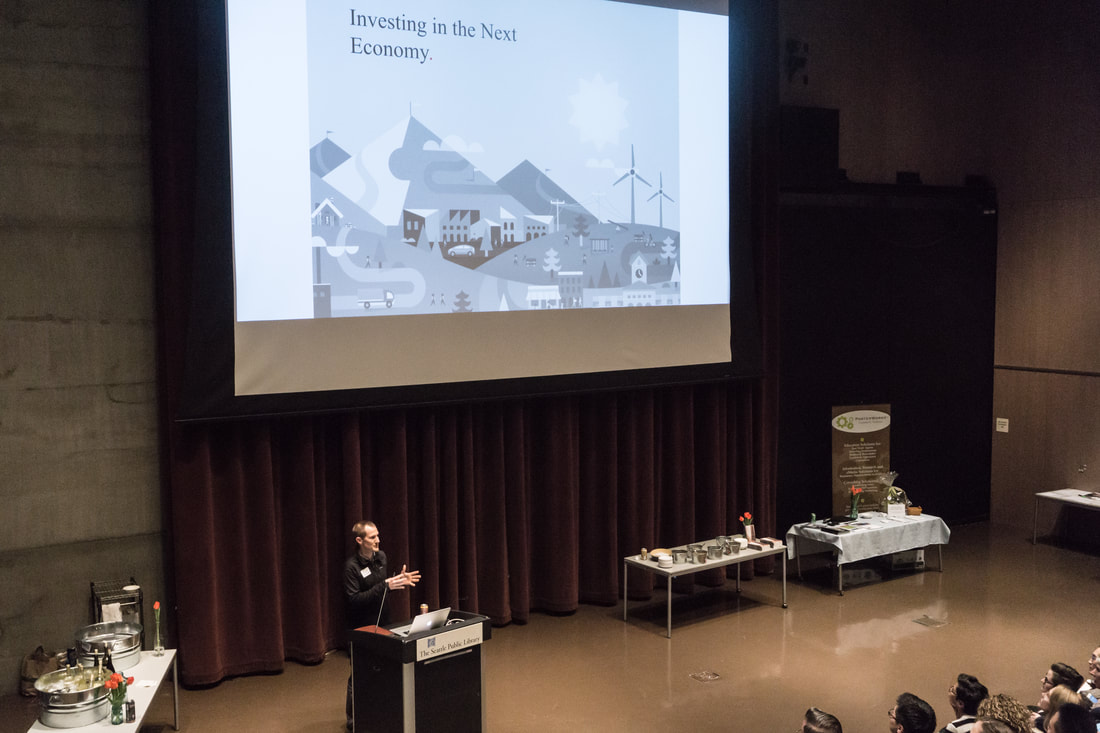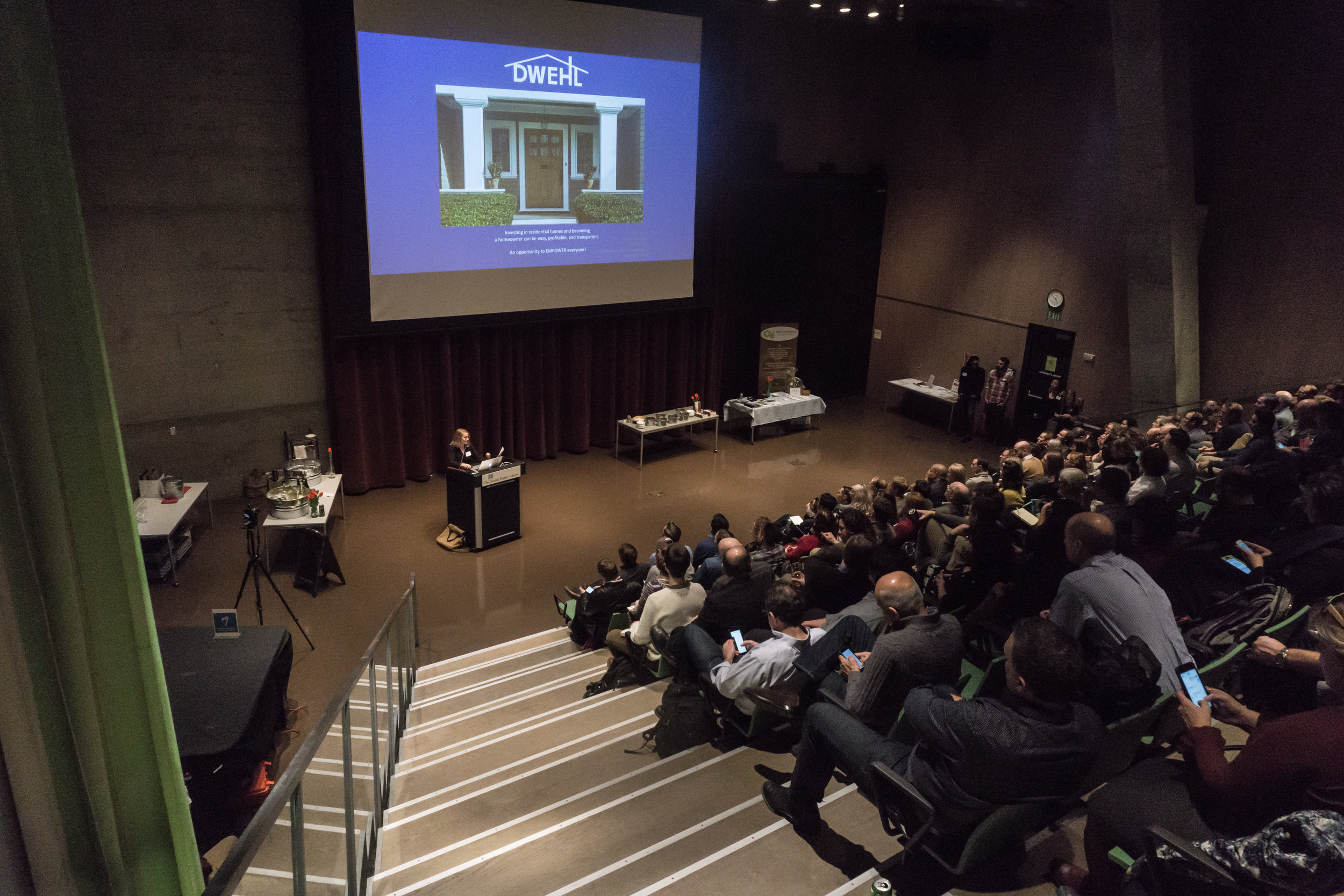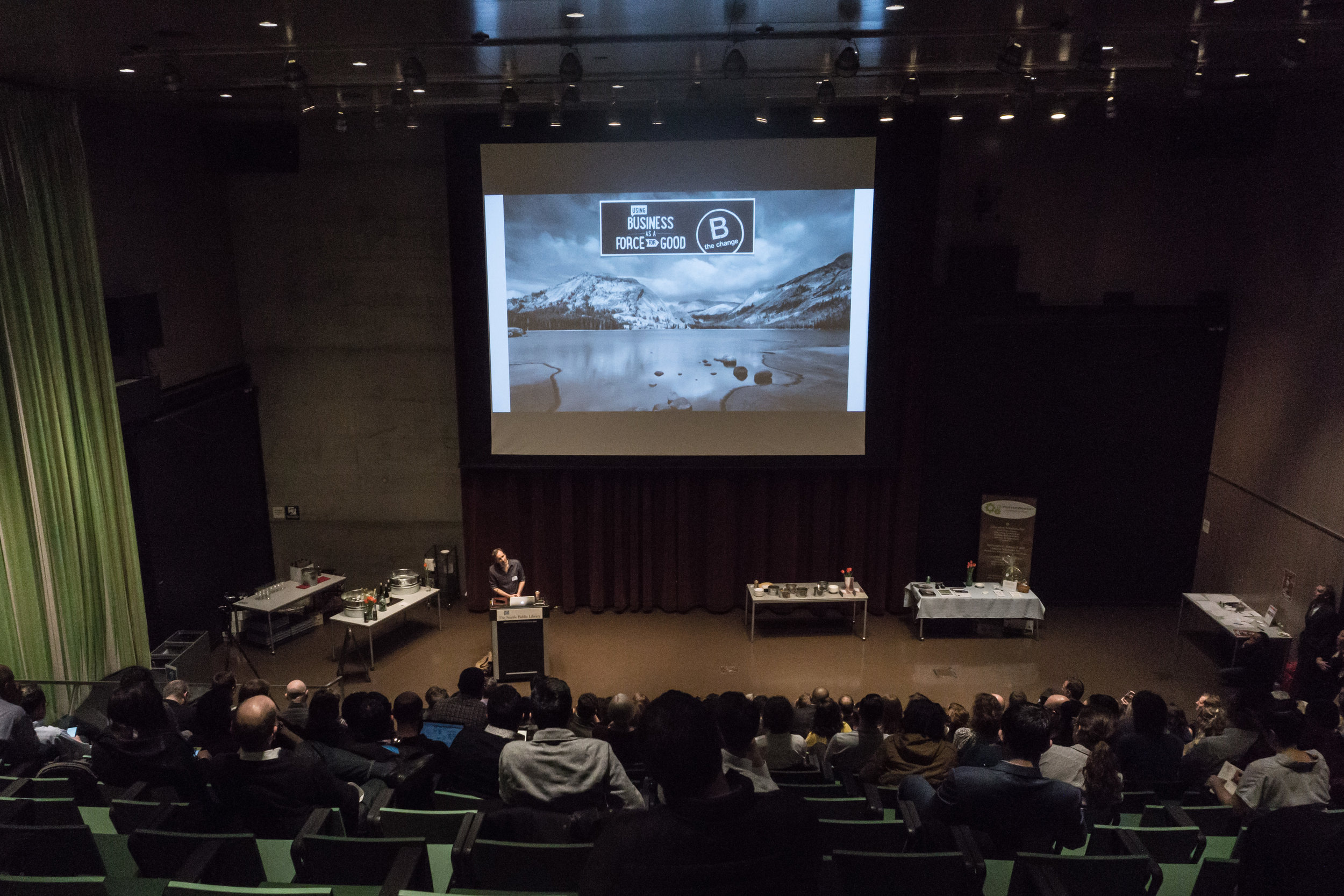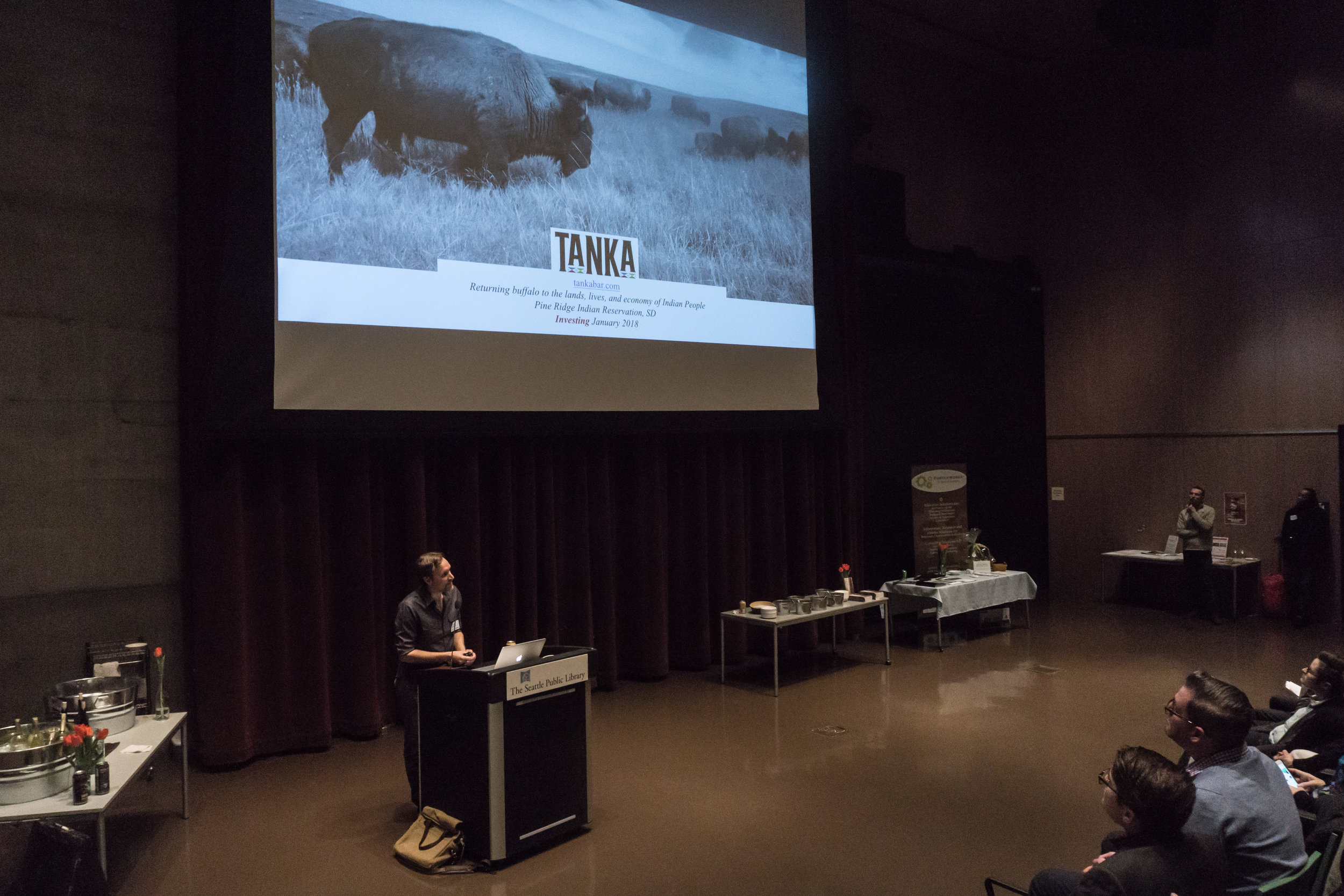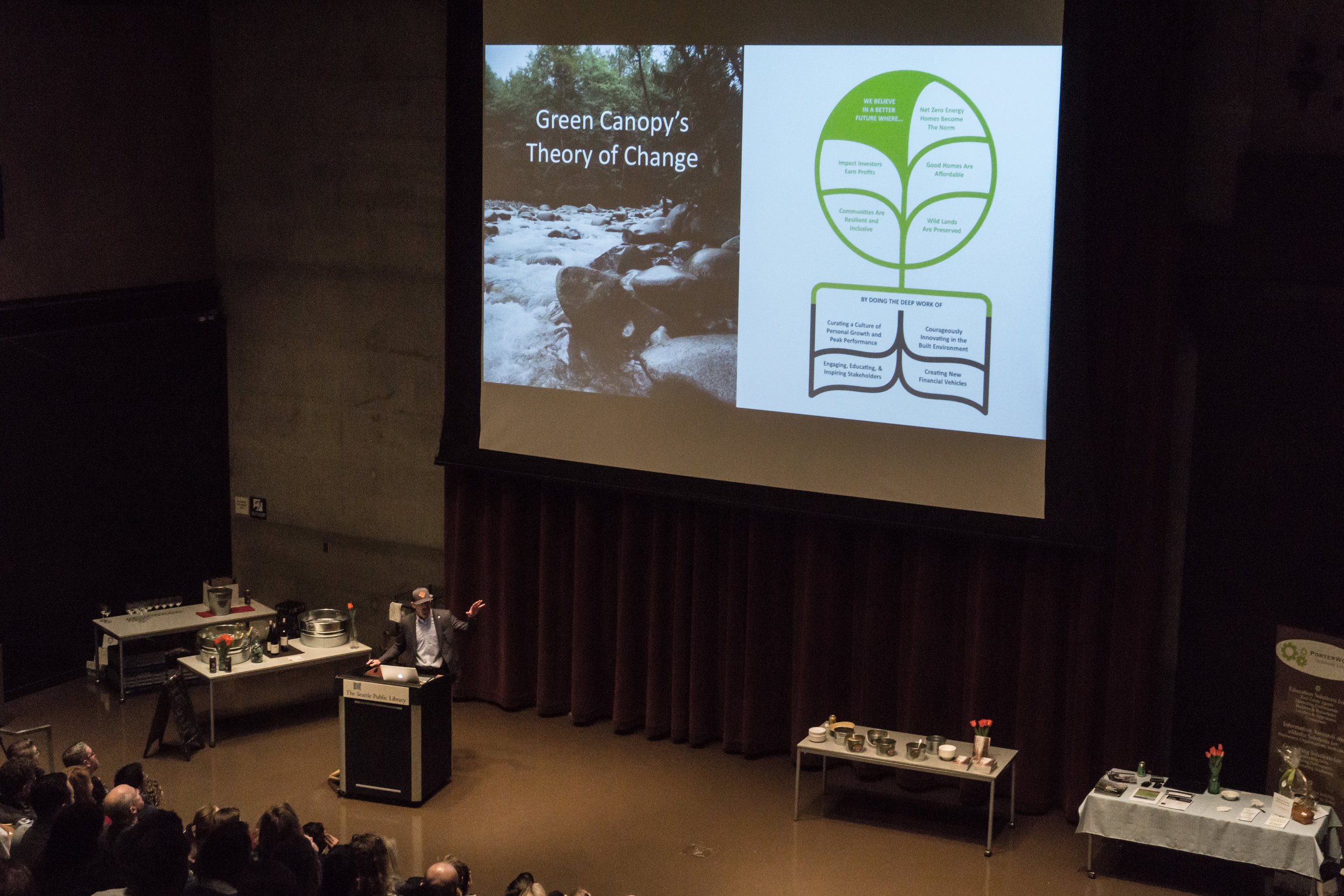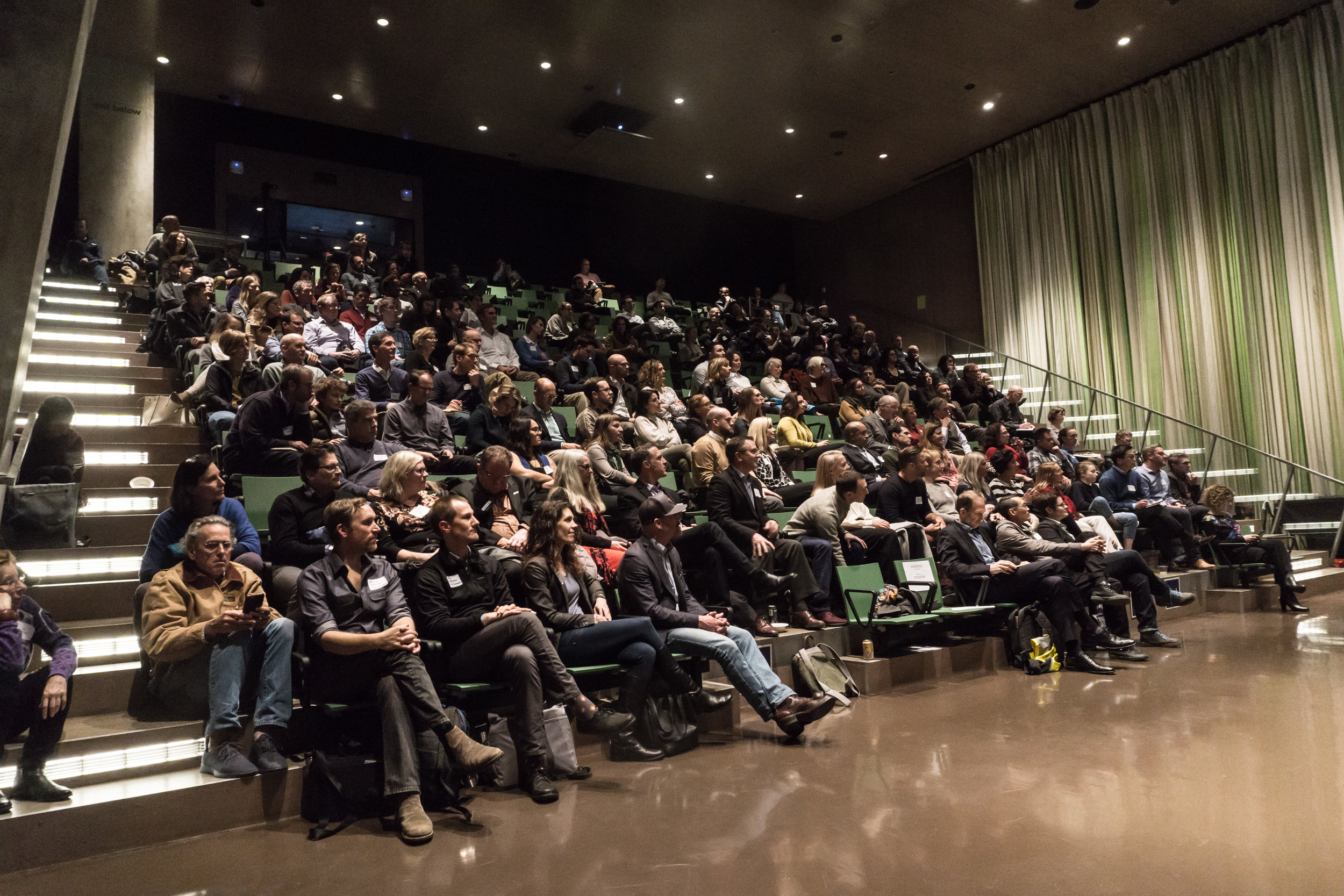Green Canopy NODE had the honor of exhibiting US HUD Innovative Housing Showcase on the National Mall. Supported by the US Forest Service, American Wood Council, US Endowment for Forestry and Communities, and Mercer Mass Timber, our exhibit showcased how mass timber and prefabricated, integrated systems can revolutionize offsite construction for faster, more affordable housing.
Aimed at raising awareness of new and affordable housing solutions, the HUD Showcase is a public event that focuses on increasing affordable housing, reducing construction costs, improving energy efficiency, and lowering housing expenses for both homeowners and renters.
Green Canopy NODE’s exhibit featured a showcase of our prefabricated, modular mass timber building system, including our proprietary utility wall. Visitors had the opportunity to explore a volumetric module and interact with various layers of a mass timber home, including the rainscreen siding, timber fiber insulation, and weather barrier.
Highlights from our exhibit:
The key benefits of our mass timber building system include:
Sustainability: Mass timber homes are exceptional in carbon sequestration, storing the carbon absorbed by trees throughout their growth, which remains locked in the timber for the life of the building. This results in a significant environmental impact, with mass timber homes storing 6.6 times more carbon than comparable traditional stick-frame homes.
Speed: The prefabricated components of mass timber enable quicker on-site assembly, significantly shortening construction times. Our approach is 44% faster than traditional construction methods, leading to substantial savings in time and cost.
Strength: Mass timber offers durability and strength comparable to traditional construction materials, ensuring the longevity and reliability of the structures.
Waste Reduction: 29% of landfill waste comes from construction and demolition - prefabricated mass timber can reach 95% efficiency with the potential to downcycle into other materials.
Our proprietary utility system combines mechanical, electrical, and plumbing services into pre-engineered units to maximize efficiency. Key benefits include:
Efficiency and Speed: Our prefabricated utility kits significantly reduce the time required for traditional mechanical, electrical, and plumbing installations by 50%, eliminating many of the inefficiencies and potential callbacks associated with conventional methods.
Architectural Coordination: Our systems are meticulously designed to integrate seamlessly with the designated layouts of kitchens and bathrooms, and are optimized for use across multiple floors, ensuring a cohesive and functional design.
Seamless Installation: Preconstructed in an off-site factory during the site work phase, our utility kits are ready for a smooth and seamless installation process during the framing phase, enhancing overall project efficiency.
Our team had a wonderful time connecting with other industry leaders at the showcase, and the event underscored the critical role of innovation in addressing the pressing challenges of climate and housing. Engaging with forward-thinking organizations reinforced our commitment to pioneering solutions that not only meet current needs but help shape a more sustainable and resilient future for all.
Integrate our building systems into your next project – learn how you can partner with our Development Services.


















